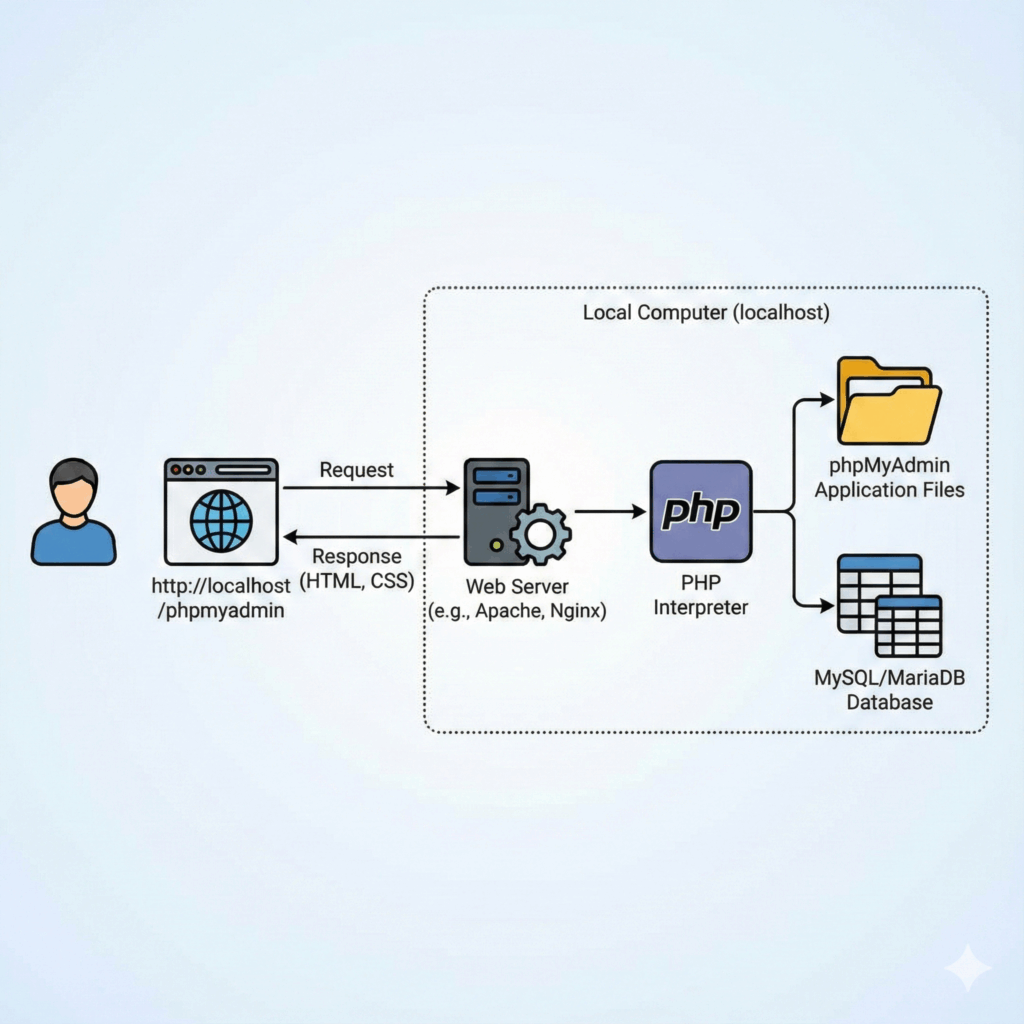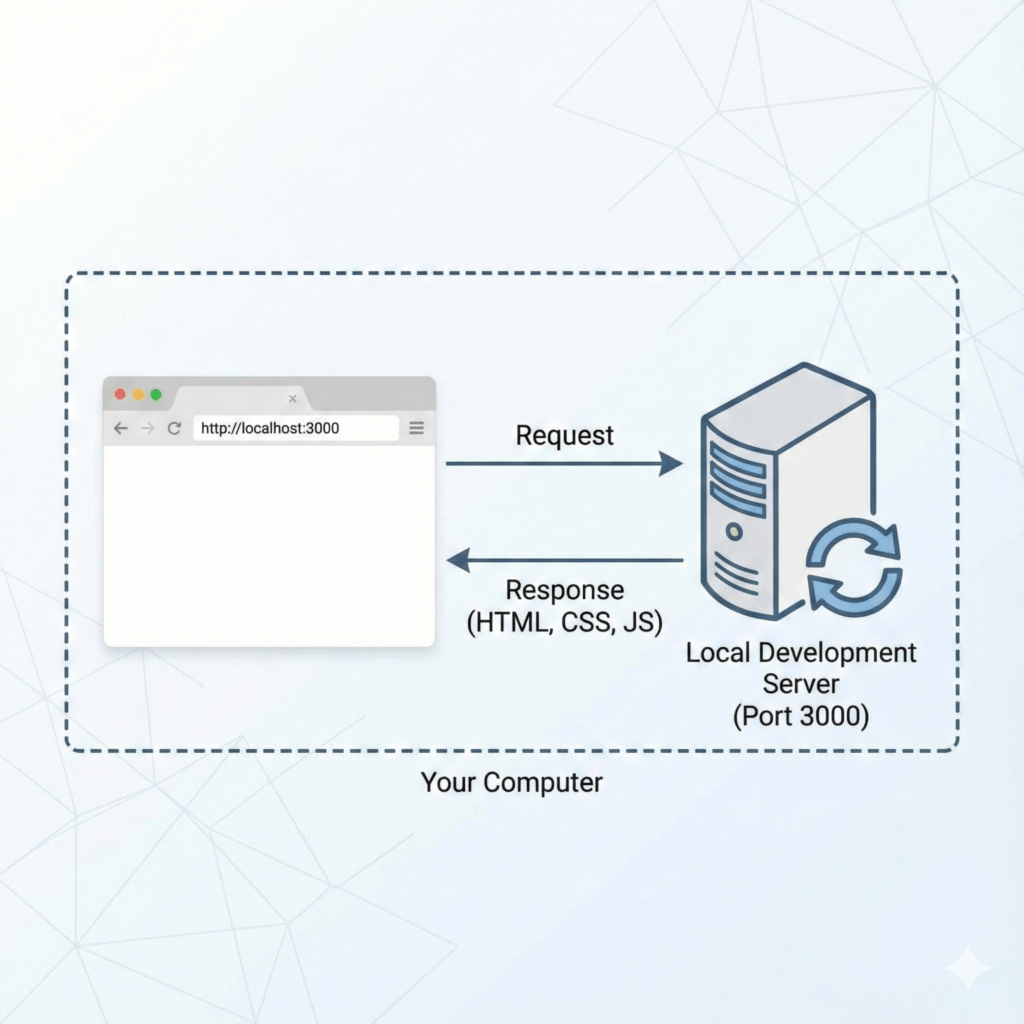Opening a PDF file in Microsoft Word has become an essential skill for many users. This process allows you to convert PDF documents into editable Word files, making it easier to make changes, add comments, or restructure content.
Benefits of opening a PDF in Word include:
- Ease of use: Familiarity with the Word interface simplifies the editing process.
- Accessibility: You can easily access and modify text within your PDFs without specialized software.
This article will guide you through several key topics:
- Understanding PDF files and their common uses.
- The advantages of converting PDFs to Word.
- Step-by-step instructions on how to open a PDF in Word.
- Notes on conversion quality and compatibility across different versions of Microsoft Word.
- Troubleshooting common issues when working with PDFs in Word.
By the end, you’ll be equipped with practical knowledge to enhance your document management skills.
Understanding PDF Files
PDF, or Portable Document Format, is a versatile file type designed for sharing and viewing documents across various platforms. The main purpose of PDFs is to keep the formatting consistent no matter what device is used to view it.
Characteristics of PDFs
Here are some key features that make PDFs unique:
- Fixed Layout: Unlike Word documents, which can be edited freely, PDFs retain their layout and design.
- Cross-Platform Compatibility: PDFs maintain visual integrity across different operating systems and devices.
Common Uses of PDFs in Professional Settings
PDFs are widely used in professional settings for various purposes:
- Official Documents: Contracts, reports, and presentations often utilize PDF format to ensure recipients see the document as intended.
- Forms: Many organizations employ fillable PDFs for applications or surveys due to their user-friendly nature.
Limitations of Editing PDFs Directly
Editing a PDF can be challenging due to its fixed nature:
- Non-Editable Text: While you can annotate or comment on a PDF, altering the actual text may require specialized software.
- Complex Layouts: Elements like images, tables, and graphics might not translate well when attempting direct edits.
Understanding these characteristics and limitations helps clarify why converting a PDF into Word can be beneficial for editing purposes.
Why Open a PDF File in Word?
Converting PDFs to Word offers several benefits of conversion for editing purposes:
1. Editable Documents
Word allows you to modify text, adjust formatting, and add or remove content easily. You can transform static PDF content into an editable format without needing specialized software.
2. Ease of Editing
Tasks like correcting typos, changing fonts, or reorganizing sections become straightforward. This flexibility is especially useful when collaborating on documents that require frequent updates.
Certain scenarios highlight the advantages of opening a PDF in Word:
1. Revising Contracts
When you need to adjust terms or conditions quickly, converting a PDF contract into Word simplifies the process.
2. Creating Presentations
Extracting text and images from reports becomes easier when you open the original PDF in Word for further manipulation and design.
When comparing methods of editing PDFs, opening them in Word stands out:
- While tools like Adobe Acrobat provide robust features, they often come with a steep learning curve and cost.
- These can offer convenience but may compromise document security or quality during conversion.
Opening a PDF file in Microsoft Word streamlines the editing experience while maintaining a level of control over your documents not typically found with other methods.
How to Open a PDF File in Microsoft Word
Opening a PDF file in Microsoft Word can be accomplished with a few straightforward steps. This process allows you to convert and edit your PDF seamlessly. Follow these guidelines:
- Open Microsoft Word: Begin by launching the Microsoft Word application on your device.
- Access the Open Menu:
- Click on the File tab located in the upper left corner.
- Select Open from the menu options provided.
- Select the PDF File:
- Browse through your files to locate the desired PDF.
- After selecting your PDF, you will receive a prompt indicating that Word will create a copy and convert it into an editable format.
- Editing Options:
- Once opened, you will see the contents of your PDF displayed as a Word document.
- Make necessary edits as required. Keep in mind that some complex layouts or graphics may not translate perfectly during conversion.
- Saving Your Document:
- After you have completed editing, save your work by clicking on File and then Save As.
- Choose to save it as a Word document (.docx) or export it back to PDF format if needed.
This conversion process allows for easy modifications of text-based PDFs while streamlining workflow. Understanding these steps enhances your ability to effectively manage documents within Microsoft Word, catering to various editing needs.
Important Notes on Conversion
When converting PDFs to Word, certain factors influence how well the document translates. Understanding these elements can enhance your editing experience.
1. Text-Based PDFs vs. Complex Elements
- Text-based PDFs generally convert more successfully. These documents contain primarily textual content without intricate formatting or design elements.
- In contrast, PDFs that include complex elements such as charts, images, or multi-column layouts often face significant editing limitations in the conversion process. These elements may appear as uneditable graphics or lose their original formatting.
2. Potential Formatting Issues
- After conversion, you may encounter formatting issues. Bullet points, tables, and headings might shift out of alignment. Fonts may change or be substituted with default options if they are unavailable in Word.
- Careful review of the converted document is crucial to ensure that all information remains intact and visually appealing.
3. Importance of Checking for Accuracy
- Always check the converted document for accuracy. This step ensures that critical data has not been lost during the conversion process and that it maintains readability.
- Verifying text alignment and image placement enhances your ability to edit effectively and maintain professionalism in your documents.*
Viewing PDFs in Microsoft Word without Conversion
Opening a PDF file in Microsoft Word without converting it to an editable format is straightforward. Follow these steps to access your document in view-only mode:
- Find the PDF File: Navigate to the location of the PDF on your device.
- Open with Word: Right-click on the PDF file, select “Open with,” and choose Microsoft Word.
This method is beneficial for quickly reviewing documents without altering their content. Key points include:
- Advantages:
- Retains original formatting and layout of the PDF.
- Fast access for reading or printing without conversion time.
- Limitations:
- No editing capabilities; any changes require conversion.
- Some embedded elements like hyperlinks may not function as intended.
This approach suits situations where editing is unnecessary, allowing you to focus solely on the content of the PDF while utilizing Word’s viewing features.
Compatibility Across Different Versions of Microsoft Word
Different versions of Microsoft Word handle PDF conversions with varying levels of efficiency.
| Version Features Microsoft 365 | Offers robust features for opening and editing PDFs, including improved formatting retention. |
| Word 2024 and 2021 | Continue to enhance conversion capabilities, allowing for seamless transitions from PDF to editable formats. |
| Word 2019 and 2016 | Users can access the PDF conversion feature, though they may experience minor formatting discrepancies compared to newer versions. |
| Word 2013 | While capable of opening PDF files, this version may struggle with complex layouts or graphics. |
For users on older versions like Word 2013, consider these tips:
- Ensure your software is updated to the latest service pack for better performance.
- If conversion issues arise, explore online PDF editors as an alternative solution.
- Familiarize yourself with the limitations inherent in older software regarding advanced conversions.
Understanding these differences enhances your ability to open a PDF file in Word effectively.
Troubleshooting Common Issues When Opening PDFs in Word
Opening PDF files in Microsoft Word can sometimes lead to unexpected challenges. Here are some common problems and effective troubleshooting tips for common errors during the PDF opening process:
1. Error Messages
If you encounter an error message while attempting to open a PDF, ensure that the file is not corrupted. Try opening another PDF to check if the issue persists.
2. Formatting Issues
Converted documents may not retain the original layout. Complex formatting, images, or special fonts might not display correctly. To mitigate this, it’s advisable to:
- Use simpler PDFs with primarily text content for better conversion fidelity.
- Review and adjust formatting manually after conversion.
3. Slow Performance
If Word runs slowly when opening a large PDF file, consider breaking the document into smaller parts or optimizing it before conversion.
4. Compatibility Problems
Users on older versions of Word might experience limitations. Ensure your software is updated to the latest version available for your system.
5. View-Only Mode Concerns
If you accidentally open a PDF in view-only mode instead of editing mode, simply reattempt the opening process by selecting the appropriate options in Microsoft Word.
Addressing these issues promptly can enhance your experience when working with PDFs in Word, ensuring smoother conversions and editing capabilities.
Conclusion
Opening a PDF file in Word for editing is a powerful option that enhances your workflow. Here’s a quick summary of steps taken to open a PDF file in Word:
- Open Microsoft Word on your device.
- Access the Open menu by clicking ‘File’ and selecting ‘Open’.
- Select the PDF file you wish to edit and allow Word to convert it.
- Edit as needed, then save or export the document.
Embrace the convenience of editing PDFs directly in Word. This approach not only saves time but also simplifies collaboration and document management.
The future of document formats leans towards versatility and accessibility, making tools like Microsoft Word essential for handling various formats effectively. Adopting these practices will ensure you stay ahead in adapting to evolving document needs.




